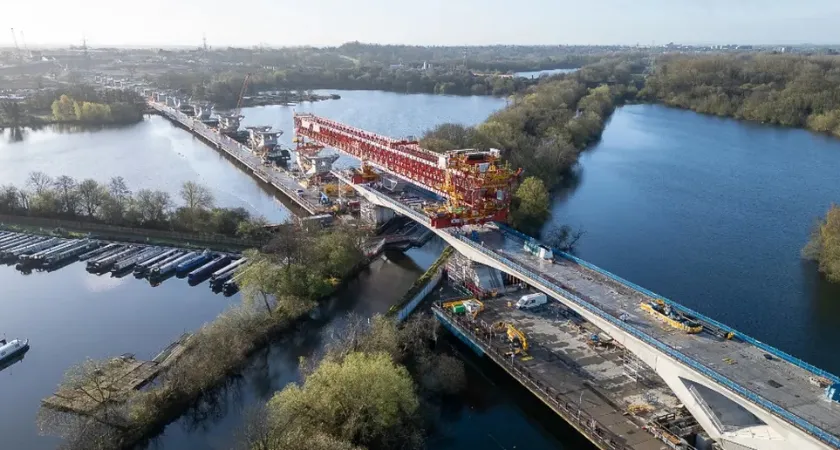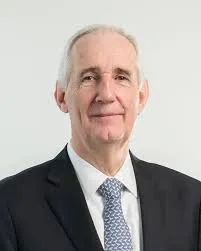
London, U.K. — Balfour Beatty reported an improved first-half profit for 2025, buoyed by strong performance in its U.K. construction operations, even as its U.S. arm struggled with cost overruns on a Texas infrastructure project.

The London-based contractor posted a pre-tax profit of £132 million ($179 million) in the first six months of the year, an 18% jump compared with £112 million in the same period of 2024. Its order book climbed to £19.5 billion, a 17% year-over-year increase from £16.6 billion, underscoring the company’s ability to secure new work despite labor and project delivery challenges.
Balfour Beatty’s U.K. construction segment turned in a robust performance, with revenues of £1.6 billion, up 7% from last year’s £1.5 billion. Profits from operations nearly doubled to £56 million, compared with £34 million a year earlier. Importantly, the unit achieved its 3% margin target a year ahead of schedule, signaling stronger project execution and risk management.
Projects fueling this momentum include major infrastructure programs such as the HS2 high-speed rail line, where Balfour Beatty is working in joint venture with France’s Vinci, and the Sizewell C nuclear power project, where it partners with Laing O’Rourke and Bouygues Travaux Publics. The U.K. government has pledged at least £14.2 billion ($19.3 billion) of investment into the project over the next five years, providing a stable pipeline of work.
“I’m very confident with the momentum in the business on the rising tide of infrastructure that we’ll be actually delivering significant shareholder returns into the future,” said Leo Quinn, Balfour Beatty’s CEO, who will step down in September after a decade leading the company.
In contrast, the firm’s U.S. construction business posted a £11 million loss in the first half of 2025, compared with £18 million profit in the same period last year. Revenue, however, climbed to £2.1 billion, a 24% increase from £1.7 billion in 2024, reflecting steady demand but weaker profitability.
While the company’s U.S. Buildings unit performed well, a highway project in Texas dragged down results. Quinn told investors that design issues had led to costly rework on the job.

Chief Financial Officer Phil Harrison added that Balfour Beatty is seeking to recover some of the additional costs. “In prior years, highway projects in the Southeast and Texas were profitable,” Harrison said, noting that the company expects the region to deliver stronger returns again in the future.
The U.S. setback comes at a time when infrastructure construction demand is booming on both sides of the Atlantic. But Quinn cautioned that the shortage of skilled labor continues to limit how much companies can deliver.
“Let’s face it. At this moment in time, infrastructure is booming, not only for us, but for everybody else. So it is a battle to recruit, retain the best and the brightest,” he said.
Beyond its contracting arms, Balfour Beatty also recorded losses in its infrastructure investments and corporate activities segments. A key factor was the cost of an independent compliance monitor, a condition of the builder’s 2022 guilty plea in a U.S. military housing fraud case.
The company recently agreed in principle to extend the monitor’s oversight through June 2026, giving it time to complete remediation work.
Despite challenges in the U.S., management reaffirmed full-year expectations, pointing to a deep backlog, margin improvements, and steady investment in U.K. megaprojects.
Quinn emphasized that the company’s ongoing strategy of de-risking its portfolio — focusing on urban jobs with stronger local supply chains — is helping limit downside risks while giving the company room to benefit from performance-based incentives.
“These large infrastructure projects, from HS2 to Sizewell C, not only anchor our revenue but position us to deliver growth for the long term,” Quinn said.
As Quinn prepares to step down, his successor will inherit a company with strong momentum at home but lingering challenges abroad — a reminder that even as demand surges, execution and labor shortages remain decisive factors in global infrastructure delivery.
Originally reported by Matthew Thibault in Construction Dive.